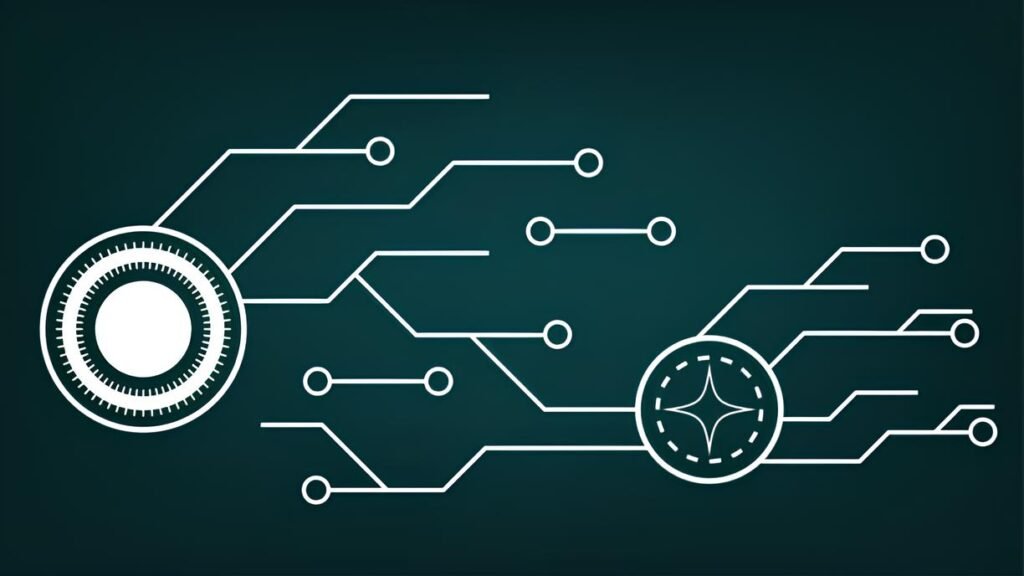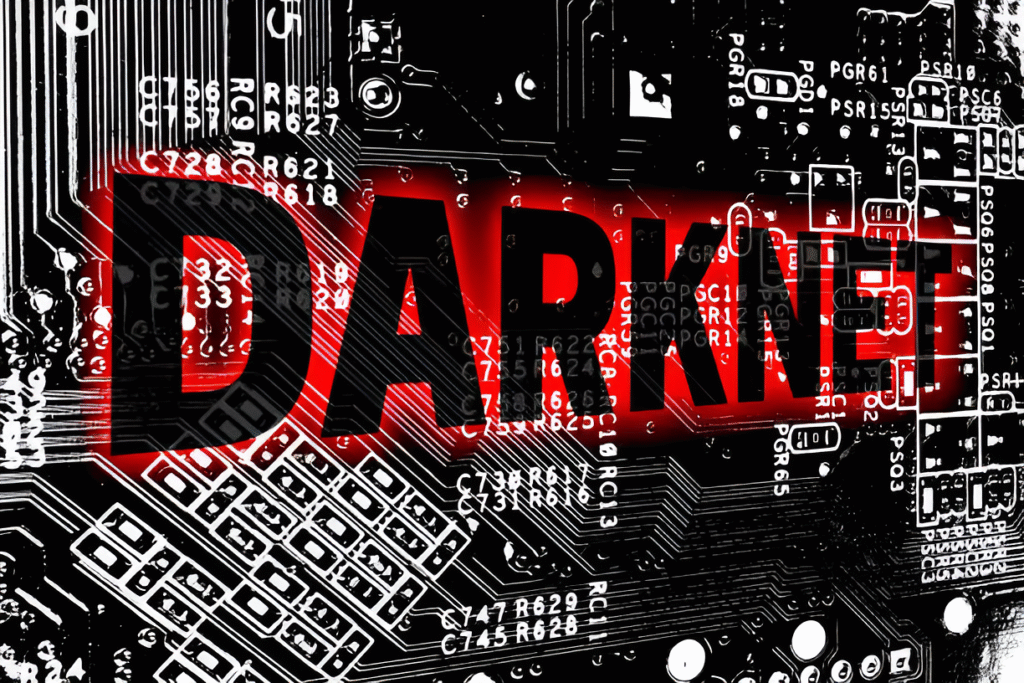Monero Full-Node vs. Remote-Node Usage for Darknet Privacy
Imagine stepping into a shadowed room, where every whisper you make could echo back to unseen ears. Darknet privacy isn’t just about hiding your identity—it’s about crafting an impenetrable cocoon of secrecy. In the world of cryptocurrency, Monero stands out for its commitment to privacy, but even within its ecosystem, the choices you make—such as how you connect to the blockchain—can profoundly impact your anonymity.
Are you truly safer running your own Monero full-node, or is connecting to a remote node a practical path that doesn’t sacrifice privacy? The nuances between these two approaches might surprise you—and what that means for your dark web activities could tip the balance between exposure and security.
In This Article
Understanding Monero Nodes: Full vs. Remote
Monero’s privacy claims rest on a blockchain foundation that’s fundamentally opaque, using stealth addresses and ring signatures. However, to interact with this blockchain, your wallet needs to communicate with a Monero node. This is where the choice between running your own full node or connecting to a remote node comes into play.
A full node means you have downloaded and maintain a complete copy of the Monero blockchain on your device. It validates every transaction independently and serves your wallet locally. This setup maximizes trustlessness—because you’re not relying on anyone else to provide accurate blockchain data.
Conversely, a remote node is operated by a third party, somewhere on the internet. When your wallet uses a remote node, it queries that node for blockchain information instead of locally storing everything.
For many darknet users, opting for a remote node might seem the easiest choice. But every tradeoff between convenience and privacy can have ripple effects.
Privacy Risks of Using Remote Nodes
At first glance, remote nodes are attractive: no hefty disk space needed, less bandwidth consumption, and much simpler setup. But what’s lurking beneath this convenience?
When you connect to a remote node, your IP address and wallet queries become visible to whoever runs that node. This exposure creates an attack surface for adversaries—law enforcement agencies or malefactors—who could potentially link your IP address to specific wallet activities.
- Transaction Timing Analysis: Monitoring when your wallet makes requests can reveal temporal patterns correlating to your on-chain actions.
- Request Fingerprinting: Query types and frequency may even help an observer infer which addresses or transactions you are interested in.
- Node Operator Malice: A rogue node operator might log IP addresses and data requests for later deanonymization attacks.
Since Monero transactions offer strong cryptographic privacy on the blockchain itself, the weakest link often lies in the data exchange channels. Remote nodes don’t just expose your IP—they form a single point of trust that can be capitalized on for surveillance.
Using public or untrusted remote nodes significantly increases the risk that your darknet activity tied to Monero transactions can be traced back to your IP, breaking your privacy shield.
Benefits of Running a Monero Full Node
In contrast, running a Monero full node puts you back behind the curtain. Because your node has a local copy of the blockchain, your wallet’s requests for data never have to leave your machine—there are no third parties involved.
- Complete Trustlessness: Your node independently verifies every transaction, ensuring no lies slip through.
- IP Address Protection: Since you don’t query external nodes, no one can associate your IP with specific blockchain activity.
- Enhanced Network Resilience: Supporting the Monero network decentralization benefits the ecosystem and reduces single points of failure.
Furthermore, full nodes empower users to participate fully in Monero’s privacy protocols without compromise, reinforcing the adage that “privacy is a choice—and you own it.”
Technical Challenges and Resource Needs
But full nodes come at a cost. The Monero blockchain is large—around 150+ GB and growing steadily—and syncing a full node requires consistent bandwidth and storage. For darknet users operating on laptops, mobile devices, or space-constrained environments, this isn’t a trivial undertaking.
Running a full node also demands some technical know-how:
- Proper installation and configuration of
monerod, the Monero daemon. - Maintaining uptime to improve sync speed and network contribution.
- Handling firewall rules and port forwarding to support peer-to-peer connectivity.
More importantly, running a full node on a device used for everyday activities might expose other metadata if not carefully compartmentalized. For instance, the IP address of your home node can be linked to your identity unless routed through privacy layers like Tor.
If resources are limited but you want the benefits of a full node, consider dedicated hardware like a Raspberry Pi with encrypted storage, combined with routing traffic through Tor for an additional privacy layer.
Best Practices for Node Selection in Darknet Usage
Balancing privacy and convenience depends on your threat model. Here are key recommendations for darknet users dealing with Monero node choices:
- Prefer your own full node whenever possible: It minimizes data exposure and gives you full control.
- If using a remote node, choose trusted operators: Private friends, or well-regarded community-hosted nodes with clear privacy policies.
- Always use Tor or VPN layers: When connecting to remote nodes, route your traffic through Tor or a no-log VPN to shield your IP address from the node operator.
- Run nodes on separate devices and networks: Avoid mixing your darknet browsing and node operation on the same system to reduce correlation risks.
- Regularly update your node software: Staying current reduces vulnerability to exploitation or fingerprinting attacks.
For more on compartmentalized privacy workflows, consider our guide on setting up a secure, compartmentalized workflow for darknet access, which explains how to isolate risky tasks and harden your setup.
Complementing Nodes with Other Privacy Tools
Using Monero nodes correctly is just one piece of the privacy puzzle. To prevent metadata leakage and timing attacks, integrating additional privacy-preserving measures can fortify your defenses.
- Leverage Tor network: Both your node connections and any darknet browsing should be routed through Tor to obfuscate IP-level details.
- Use wallets with built-in privacy support: Wallets such as Monero GUI or MyMonero offer different balances of convenience and security, but be cautious with light wallets relying solely on remote nodes.
- Practice good OPSEC: Avoid reusing addresses, vary time zones for transactions, and employ burner devices for high-risk activities.
- Encrypt all communications: From chat workflows to email forwarding, encrypted channels reduce the chance that node or transaction information can be linked back to you.
If you want to dive deeper into securing your darknet crypto interactions beyond the blockchain, our article on best crypto wallets for darknet safety and long-term resilience is a solid next step.
Did you know? Some users run lightweight nodes on secured VPS instances, combining the control of a personal node with network segregation. Pair this with a VPN or Tor for an extra anonymous layer.
Balancing Convenience and Security
Privacy on the darknet is often a game of tradeoffs. Remote nodes offer ease and lower resource demands but expose your activities to potential snooping at the network level. Monero full nodes, while demanding, lock down your blockchain interactions firmly within your control.
Choosing between these paths boils down to your unique situation: your threat level, your technical capabilities, and how much risk you can tolerate. And remember, no single tool is a silver bullet.
At the end of the day, privacy is cumulative—a mosaic built by carefully stacking technologies, behaviors, and habits that frustrate tracking and linkability. Embedded in this approach is the wisdom to never place blind trust in a single external service, especially not when the stakes involve your freedom.
For darknet users seeking to stretch their privacy shield further, combining node strategies with layered safeguards—from encrypted chats to anonymized browsing—is essential. Knowledge empowers better decisions; odds tilt in your favor when you understand the subtleties hiding behind each technical choice.



